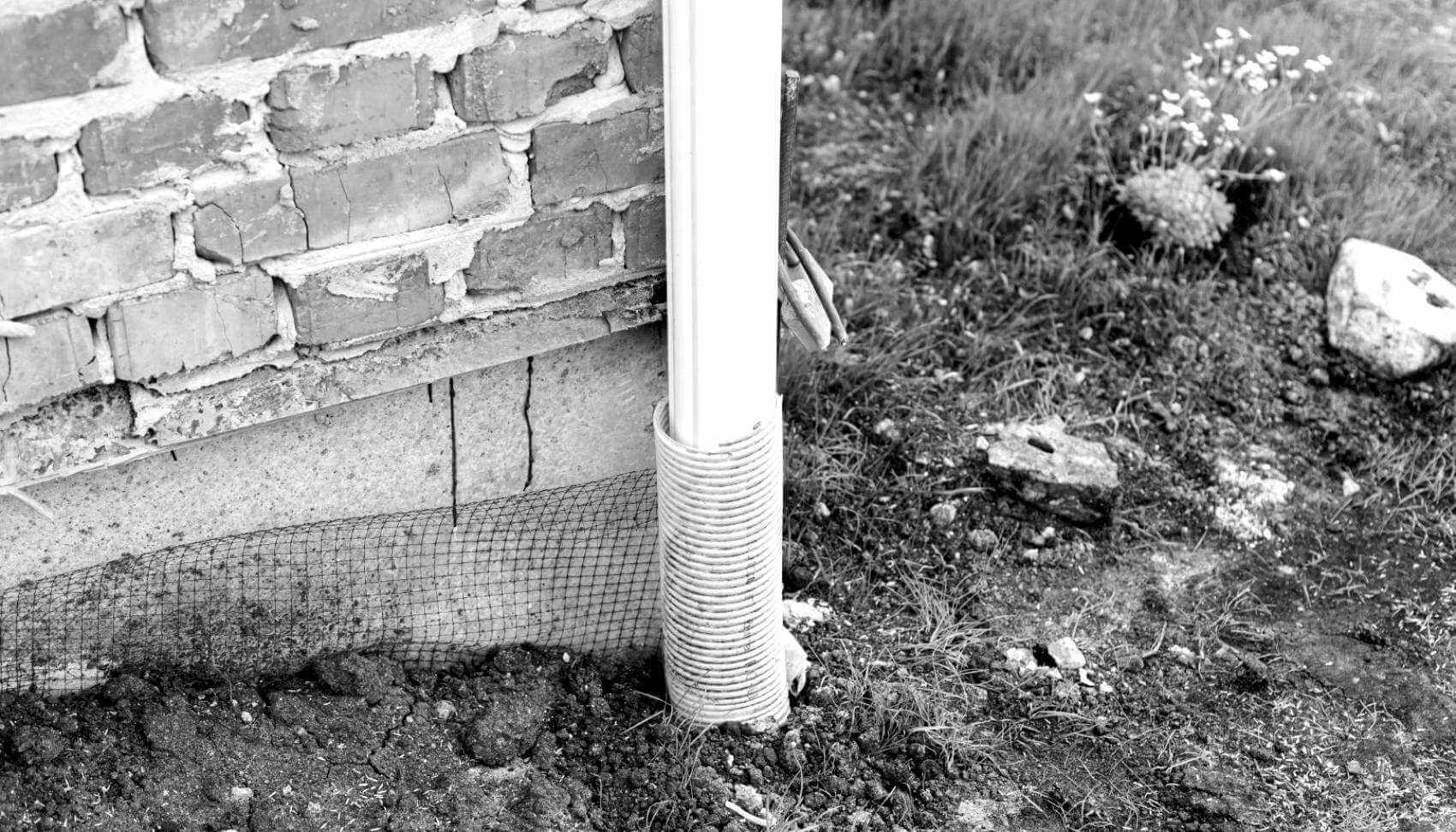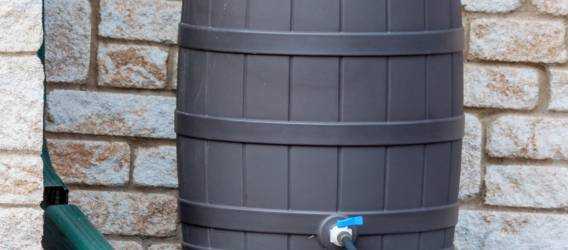When downspouts are improperly connected to the wastewater system the pipes can become overloaded during rainfalls, which increases the risk of sewer backups into basements and sewer overflows into local waterways.
Disconnecting downspouts and directing stormwater onto the property and away from building foundations minimizes the risk of backups and overflows.
Where do my downspouts go?
If the roof is sloped, there are usually eavestroughs (or gutters) along the perimeter of the roof with downspouts carrying the roof water toward the ground. Locating the end of those downspouts will help determine where they discharge. If your roof is flat, there is likely an internal roof drain. That means there is a drain on the top of the roof that is piped inside of the building to either the sewer system or occasionally, out to the yard. A plumber or experienced contractor can help determine where the roof drain goes and, if necessary, how best to disconnect.
See below to determine what steps to take next.
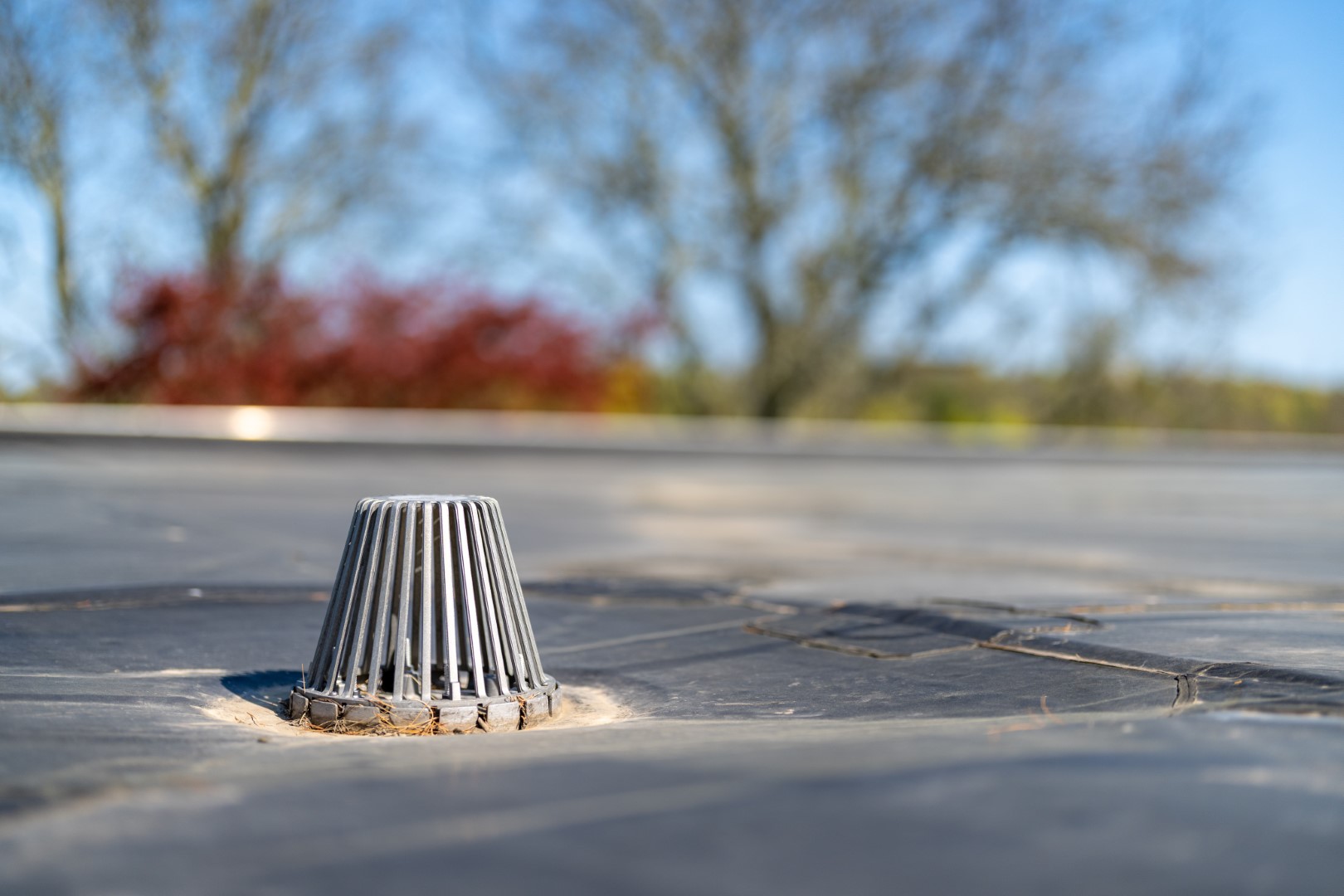
If the roof is flat, there is likely an internal roof drain. That means there is a drain on the top of the roof that is piped inside of the building to either the sewer system or occasionally, out to the yard. A plumber or experienced contractor can help determine where the roof drain goes and, if necessary, how best to disconnect.
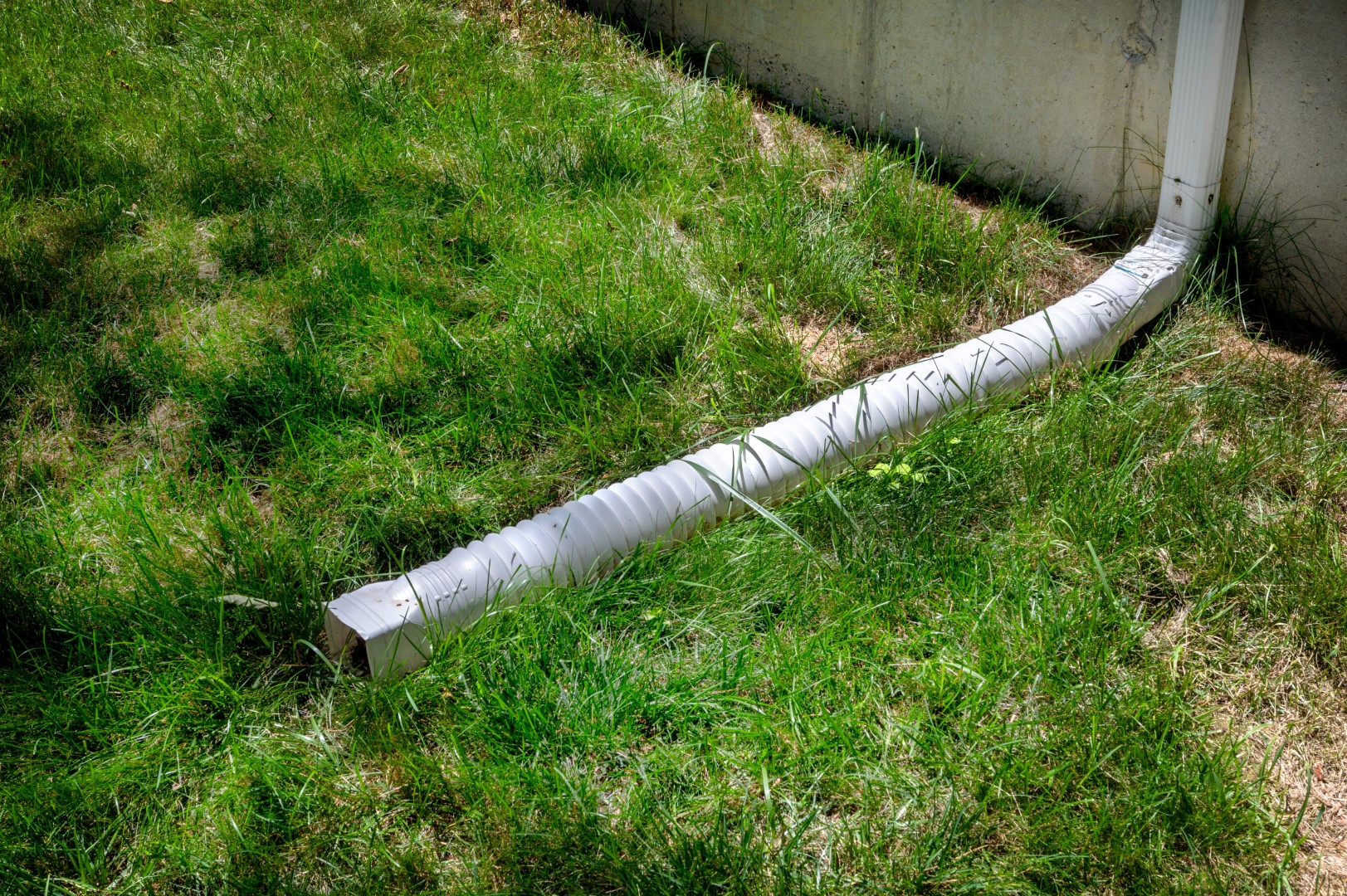
That’s great! When roof water is allowed to flow overland it can slow the flow of stormwater runoff and promote the recharge of the groundwater system.
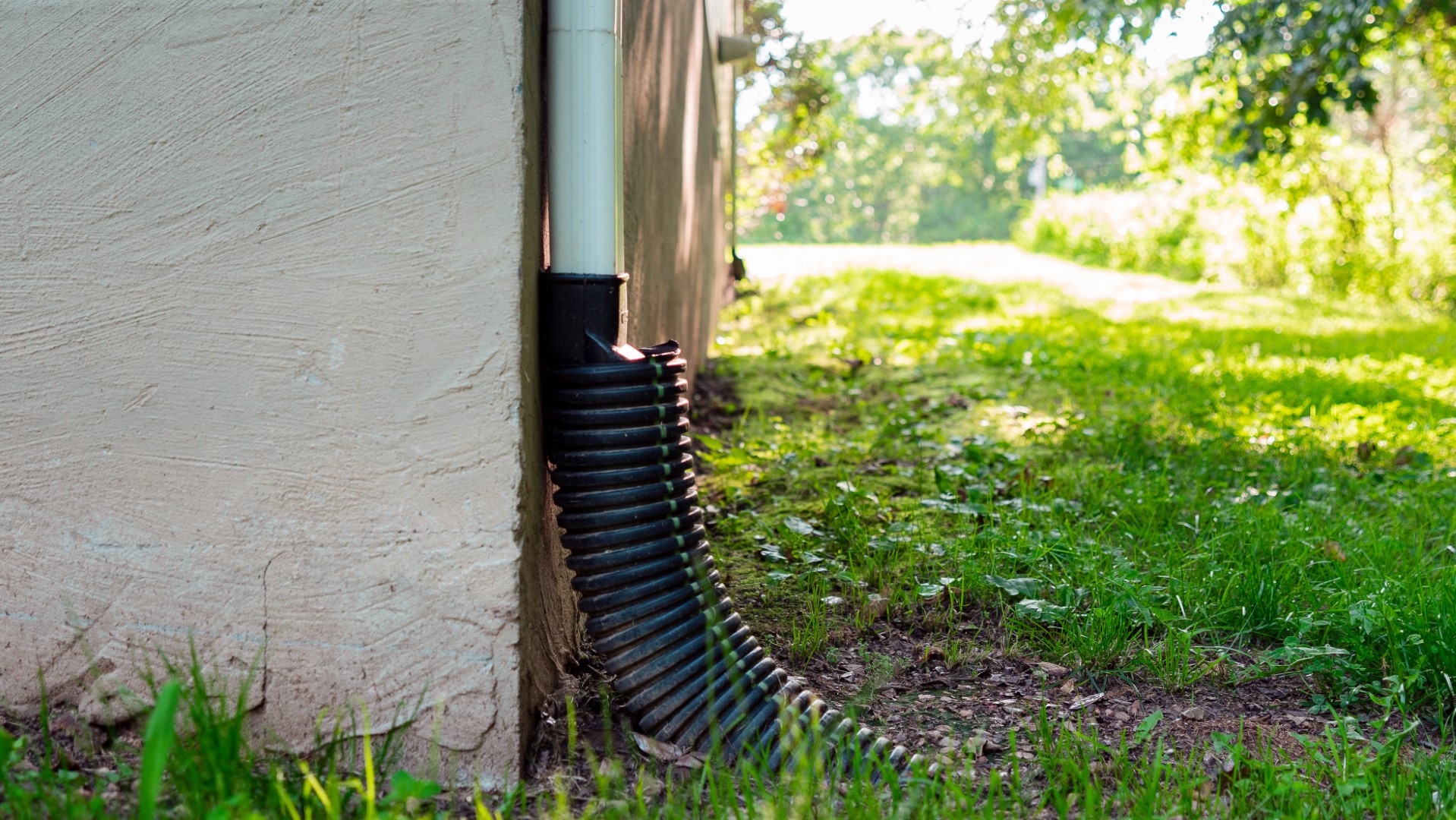
Sometimes downspouts go underground and re-emerge farther away to carry the stormwater to a better discharge location, like a rain garden or grassy swale. This may also be done to avoid creating a trip hazard with a pipe on the ground surface. If this is the case, no further action is required.

If the downspout is connected to the foundation drain or other underground piping, the downspouts should be disconnected and directed to the ground surface away from the building's foundation. All the water that is collected on the roof is being concentrated around your building foundation and/or being carried by the wastewater pipes, increasing the risk of basement flooding. Without the prior written approval of Halifax Water, no downspout is allowed to remain connected to the wastewater system, as provided by Halifax Water Regulation 64(2).
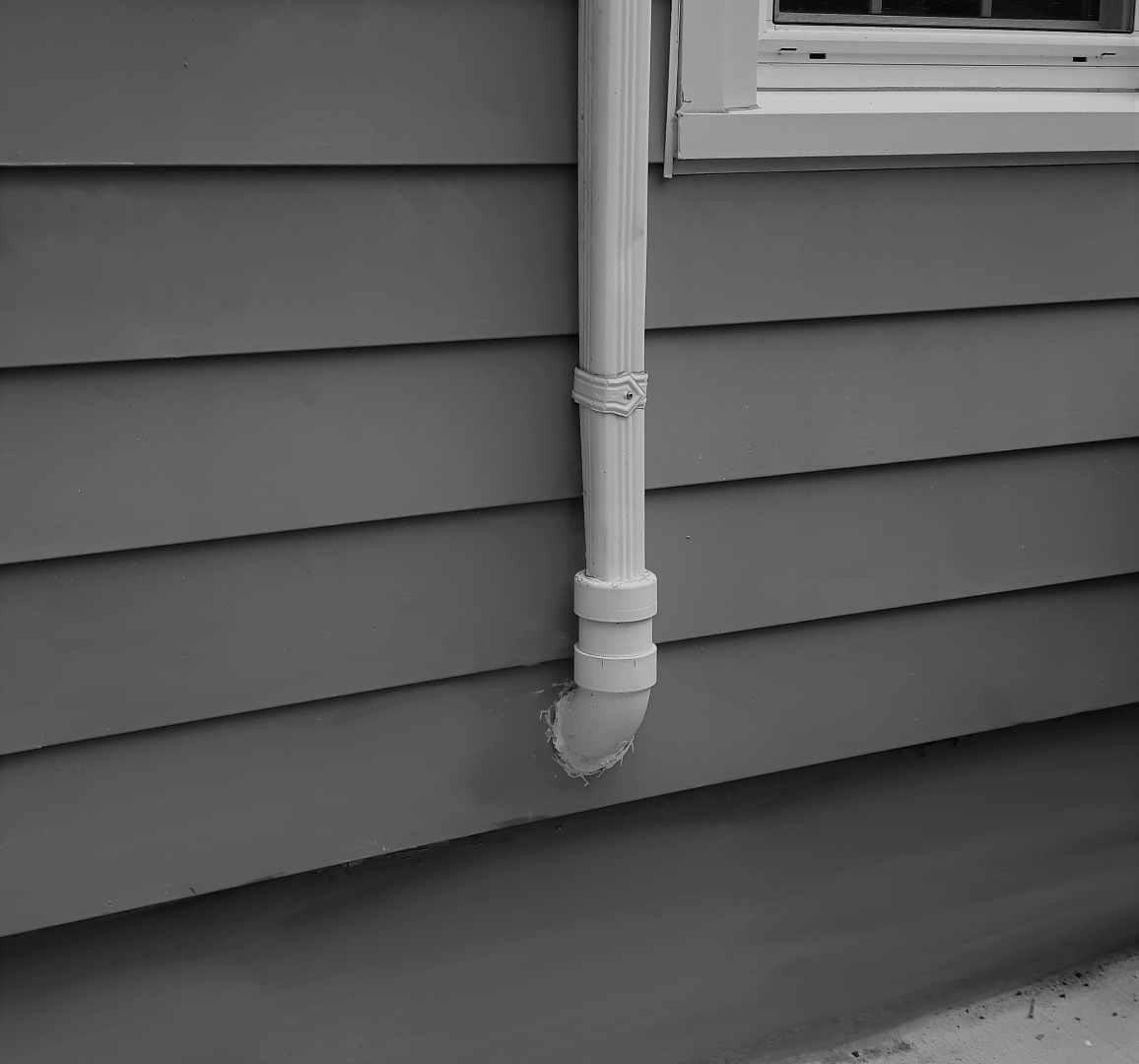
If the downspouts enter a pipe in the foundation wall it is likely that they are connected to the wastewater system. These downspouts need to be disconnected and directed to the ground surface away from the building's foundation. The open pipe must be capped to stop water and debris from entering. Without the prior written approval of Halifax Water, no downspout is allowed to remain connected to the wastewater system, as provided by Halifax Water Regulation 64(2).
Much of downtown Halifax and Dartmouth have combined sewers, which have only one pipe that carries both wastewater and stormwater to Halifax Water wastewater treatment facilities. Stormwater does not need to be treated at a treatment facility. Keeping stormwater out of the wastewater system can help reduce wastewater overflows at pumping stations and treatment facilities, helping keep lakes, rivers, and the harbour free of untreated wastewater. Reducing the need to treat stormwater also helps save electricity needed to pump extra stormwater, reduce wear on equipment, and chemicals required to treat wastewater.
Halifax Water is undertaking several infrastructure upgrade projects to separate the combined sewer flow into two separate pipes: one for stormwater (e.g., catchbasins in the street) and one for wastewater (e.g., toilets, tubs, showers, sinks, dishwashers or washing machines). Stormwater will be redirected into the harbour, while the wastewater will continue to flow to a Wastewater Treatment Facility.
As part of these infrastructure upgrades, Halifax Water conducts a Downspout Disconnect Program in the project areas. All downspouts that go into the ground beside the foundation or enter the building from the roof or exterior wall are most likely connected to the wastewater system. These downspouts may need to be modified to discharge onto the ground surface away from building foundations. Without the prior written approval of Halifax Water, no downspout is allowed to remain connected to the wastewater system, as provided by Halifax Water Regulation 64(2).
Even if you are not in a project area, all improperly connected downspouts should be inspected and safely modified to discharge to the ground surface away from the building's foundation.
For a list of current or historic sewer separation projects follow this link.
